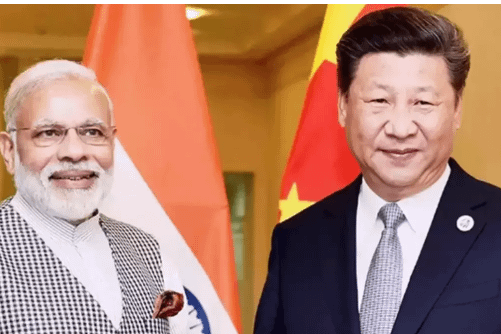Recent discussions highlight the importance of India and China in the Southeast Asian economic landscape. Singapore’s Senior Minister of State for Foreign Affairs, Sim Ann, emphasized their roles at a launch event for a new series of workshops. This initiative aims to explore the influence of these two nations on the global economy.
Significance of India and China
India and China are the world’s first and third-largest economies based on purchasing power parity, which account for 35% of the global population. Their economic growth is projected to contribute 50% to global growth in 2024. This makes them crucial players in shaping international economic policies.
The Workshop Series
The East Asian Institute (EAI) and the Institute of South Asian Studies (ISAS) at the National University of Singapore (NUS) will conduct a series of workshops. These events will focus on the growth strategies of China and India. They aim to bring together academics, policymakers, and business leaders to discuss the broader implications of their economic policies.
Leading experts have been invited to share their insights. Dr Li Li from Tsinghua University and Professor C Raja Mohan from ISAS are among the speakers. They will address how the economic trajectories of India and China influence global trade and innovation.
Global Economic Landscape
EAI Director Alfred Schipke stated that China and India are very important pillars in the global economy. Their combined potential is expected to drive important economic growth in the coming years. The influence of these nations extends beyond their borders, impacting global policies and challenges.
Future Trends in Digitalisation and Green Economy
Both India and China are essential for the future of digitalisation and the transition to a green economy. ISAS Director Iqbal Singh Sevea brought into light the evolving global order. About the impact of these two countries on global trends is vital for future economic strategies.
Engagement with India and China is essential for Southeast Asia. Their economic strategies will shape the region’s growth and development. Continuous collaboration and dialogue are necessary to navigate the complexities of the global economy.
Important Facts for Exams:
- EAI: The East Asian Institute focuses on research and policy analysis in the context of East Asia. It promotes understanding of regional issues through workshops and events.
- ISAS: The Institute of South Asian Studies studies South Asian affairs. It aims to enhance knowledge and understanding of the region’s dynamics and its global implications.
- NUS: The National University of Singapore is a leading global university. It is known for its research excellence and diverse academic programmes across various disciplines.
- PPP: Purchasing Power Parity is an economic theory. It compares different countries’ currencies through a basket of goods approach to determine relative value.

Leave a Reply